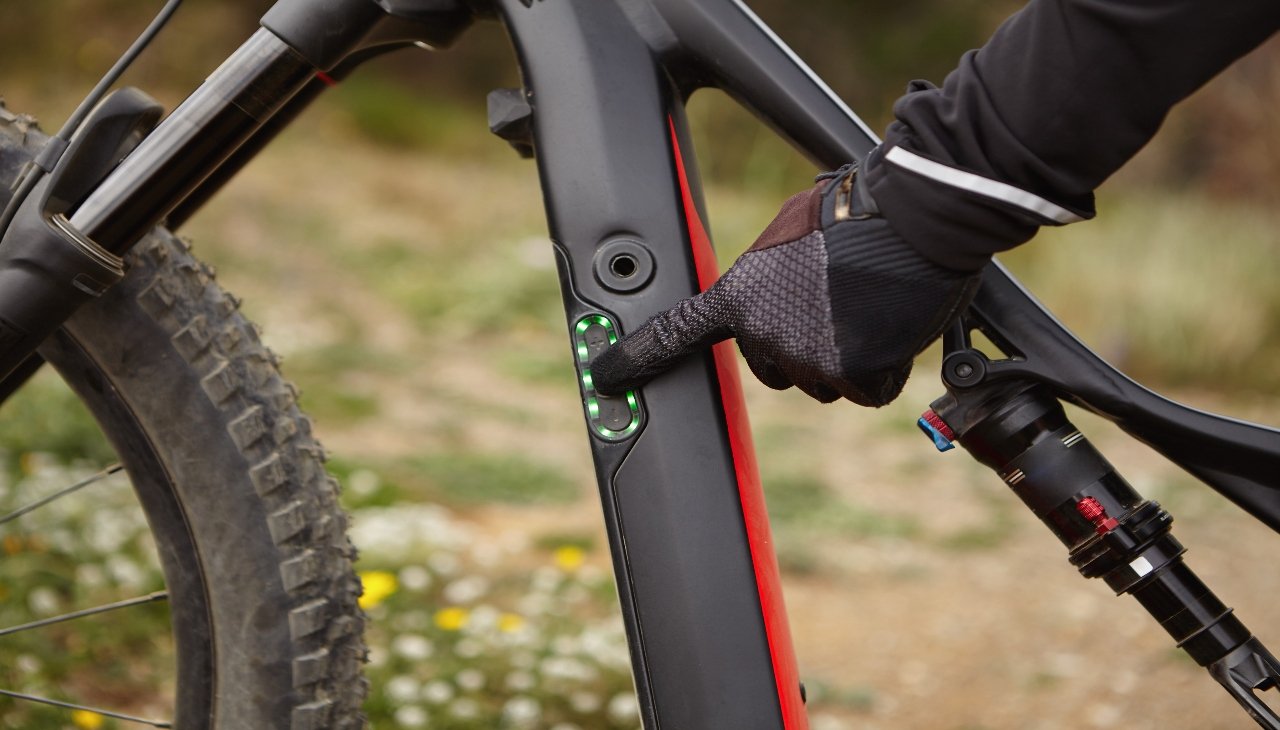When you’re heading out on a long hunting expedition deep into the wilderness, your hunting eBike is more than just a tool for getting from point A to point B — it’s your link back to civilization. And at the heart of every reliable hunting eBike is a dependable ebike battery.
In the world of long-distance hunting, a poorly chosen battery can mean the difference between hauling your gear home with ease and struggling for miles on foot. This guide breaks down everything hunters need to know about long range ebike batteries, from capacity and voltage to weight, durability, and charging options. We’ll also explore why dual motor ebikes offer a significant advantage for extended hunting trips in rugged terrain.
Why Battery Choice Matters for Hunting eBikes
A standard commuter eBike battery is designed for flat pavement, short trips, and light loads. A hunting ebike battery is built for a completely different environment:
Uneven, steep terrain that demands more power from the motor.
Heavy loads from gear, game, or both.
Remote conditions where charging opportunities are scarce.
Variable weather including rain, snow, and extreme cold.
When your battery runs out of power in a remote hunting area, you can’t simply coast home. Choosing the right battery ensures your hunting trips are safe, efficient, and productive.
Understanding eBike Battery Basics
Before choosing a long range ebike battery, it’s essential to understand the key specifications that determine performance:
Capacity (Wh)
Measured in watt-hours (Wh), capacity tells you how much energy your battery can store. A higher capacity means longer range, but it also means a heavier battery. For hunting eBikes, look for at least 700Wh — preferably 900Wh+ for long-distance trips.
Voltage (V)
Voltage affects how much power your motor can draw at a given moment. Most hunting eBikes operate at 48V or 52V, with 52V offering slightly better performance and efficiency.
Amp-Hours (Ah)
This measures how much current a battery can provide over time. Multiply voltage (V) by amp-hours (Ah) to get the watt-hour (Wh) capacity.
Example:
A 48V 20Ah battery → 48 × 20 = 960Wh capacity.
How Terrain and Riding Style Affect Battery Needs
Not all hunting trips are created equal. A battery that works for flat farmland might be inadequate in steep, rocky mountain trails.
Steep Climbs
Climbing consumes far more energy than riding on flat ground. Expect your range to drop by 30–50% in mountainous areas.
Heavy Loads
Hauling a large game animal back to your vehicle increases motor strain, draining the battery faster.
Cold Weather
Low temperatures reduce battery efficiency by slowing the chemical reactions inside. In sub-freezing conditions, range can drop by 20–30%.
Dual-Motor vs. Single-Motor Hunting eBikes
Dual-motor systems (front and rear) allow you to distribute workload between motors. This improves traction, helps conserve battery in difficult terrain, and offers redundancy if one motor fails. While dual-motor bikes draw more power when both motors are engaged, their ability to tackle steep climbs efficiently can result in less battery strain over time — especially with large capacity packs.
Types of eBike Batteries for Hunting
Integrated Frame Batteries
Sleek appearance, less exposed to damage.
Typically lighter but harder to swap in the field.
Ideal for hunters who don’t need to change batteries mid-trip.
External or Rear Rack Batteries
Easy to swap for fresh packs.
Slightly more vulnerable to weather and impact.
Can be combined with an integrated battery for extended range.
Dual-Battery Systems
Two batteries connected to power the bike, either in parallel or as a main + reserve setup.
Doubles range for long-distance hunting.
Heavier but ideal for long range ebike battery needs.
Recommended Capacity for Hunting Scenarios
| Hunting Terrain/Trip Type | Recommended Wh Capacity | Notes |
| Short day trips on flat terrain | 700–900 Wh | Single battery sufficient |
| Mountainous or hilly regions | 900–1200 Wh | Consider dual-motor for climbs |
| Multi-day remote hunting trips | 1200–1500 Wh+ | Dual battery strongly advised |
| Winter hunting in cold climates | +20% capacity buffer | Cold reduces range significantly |
Battery Chemistry and Why It Matters
Most modern hunting eBikes use Lithium-ion batteries, but not all cells are created equal.
Lithium-ion (Li-ion)
High energy density, relatively lightweight.
Standard choice for hunting eBikes.
Lithium Iron Phosphate (LiFePO4)
More durable and stable in extreme temperatures.
Longer lifespan but heavier and more expensive.
For hunters who ride in extreme cold or heat, LiFePO4 can be worth the extra weight.
Charging Considerations for Remote Hunting
Fast Chargers
Can reduce charging time by 50% or more, but may shorten long-term battery life if used frequently.
Portable Solar Panels
Useful for extended backcountry trips, though charging is slower and weather-dependent.
Vehicle Charging
If your hunting trip includes a base camp with a vehicle, a 12V inverter can let you charge batteries from your truck.
Protecting and Extending Battery Life in the Field
Keep batteries warm in cold weather — store inside an insulated bag when not in use.
Avoid deep discharges — try not to drain below 20% capacity.
Charge after each trip — don’t leave batteries fully depleted for long periods.
Clean connections — dirt and moisture can cause power issues.
Dual-Motor Advantage for Long-Distance Hunting
A dual-motor hunting eBike isn’t just about power — it’s about efficiency and safety.
Improved traction on steep, loose, or slippery terrain.
Reduced strain on each motor when climbing, preserving battery life.
Redundancy — if one motor fails, you can still ride on the other.
Better load hauling when bringing game out of the field.
With a large-capacity long range ebike battery (or dual-battery setup), a dual-motor eBike becomes a serious backcountry tool that outperforms most single-motor options in rugged hunting environments.
Example Battery Setups for Hunting eBikes
| Setup | Motor Type | Battery Size | Range Estimate (Hunting Terrain) | Pros | Cons |
| Single 48V 14Ah (672Wh) | Single Mid-Drive | 672 Wh | 20–30 miles | Lightweight | Limited range |
| Single 52V 20Ah (1040Wh) | Single Mid-Drive | 1040 Wh | 35–50 miles | Good balance of weight & range | Needs careful planning for long trips |
| Dual 48V 17Ah (1632Wh total) | Dual Hub | 1632 Wh | 45–70 miles | Excellent range, strong climbing | Heavier setup |
| Dual 52V 20Ah (2080Wh total) | Dual Hub | 2080 Wh | 55–85 miles | Maximum range & hauling power | Expensive, heavy |
Balancing Range, Weight, and Budget
A massive battery will give you incredible range, but weight can make your eBike harder to handle in technical terrain. Consider:
If your hunts are mostly day trips → A single, high-quality battery (900–1000Wh) may be plenty.
If you hunt in remote backcountry for multiple days → Invest in dual-battery capacity and a dual-motor setup for safety.
If budget is tight → Start with one good battery and add a second later if your hunts require it.
Final Recommendations
For most hunters, the sweet spot is a 52V battery between 900–1200Wh paired with a dual-motor hunting eBike. This provides:
Enough power for steep climbs and heavy loads.
Extended range without relying on mid-trip charging.
Redundancy in both battery and motor systems.
If you hunt in extreme cold or on multi-day expeditions far from power sources, consider a dual-battery setup with at least 1600Wh total capacity.
Choosing the right hunting ebike battery is an investment not just in performance but in safety. The right setup ensures that when the hunt is over, you can bring both your gear and your game home without exhausting yourself — or your eBike.

